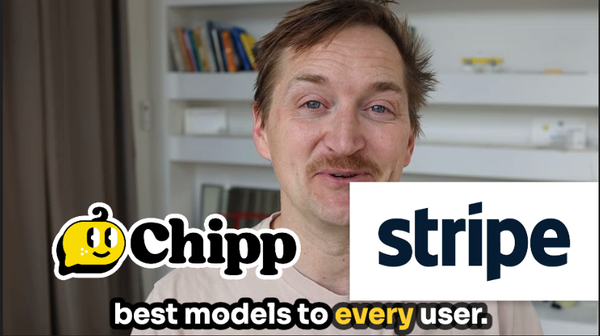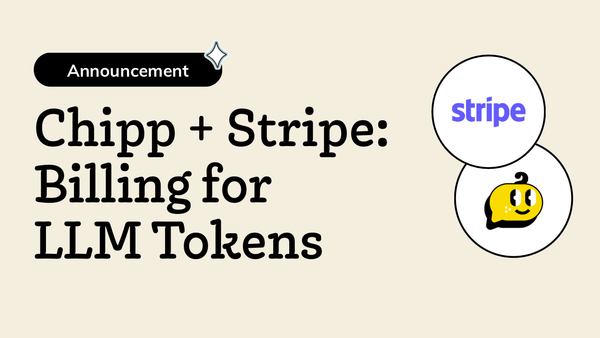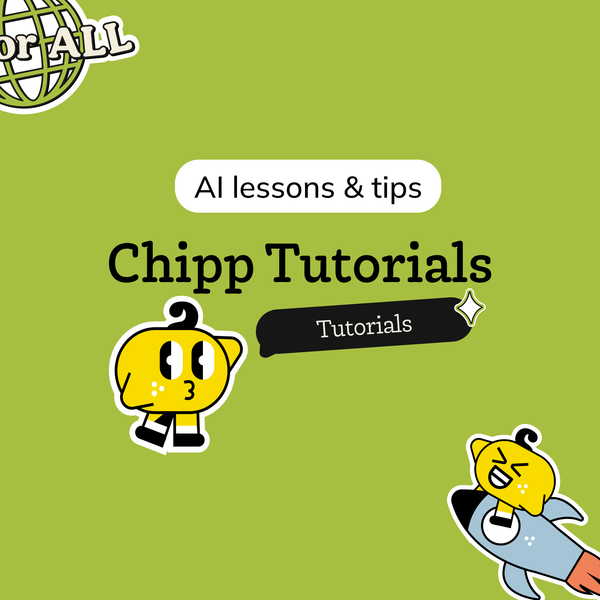OpenAI hosted their Demo Day this week and made one thing clear: every business needs an owned AI strategy...now.
OpenAI is angling to be the next aggregator, the next Microsoft or Google, going for everything: the attention, the data, the customer relationship.
Brian Balfour summarizes it well. AI is a new platform, following the same pattern we've seen in previous transformations. They start open, get developers to build, solidify a moat. Then: "The walls go up. The taxes increase. The rules change. What was once free becomes paid. What was once permitted becomes forbidden."
When facing an aggregator, businesses need to own, not rent. Control the content and the platform.
As Balfour argues, companies that thrive see the pattern. They prepare for the inevitable shift from open to closed.
Owning your AI is the new email list or website. It's how you build a direct relationship with your customers that can't be taken away by algorithm changes or price hikes.
Smart businesses recognize the need to integrate AI in to their owned channels. They can then safely use the scale of aggregators for distribution. Creating an owned AI strategy is a CRITICAL activity for all businesses to be able to ride the tailwinds of AI without getting hit with the challenges of relying solely on aggregators.
The OpenAI Operating System
This week's Demo Day announced agent builders, e-commerce integration, and apps—all on ChatGPT. This follows the Sora video model launch and hundreds of billions in data center investments.
All of these capabilities live on OpenAI's platform. They control the algorithm (models) that surfaces results and the data on what people say and search for.
As Ben Thompson puts it: "OpenAI is making a play to be the Windows of AI."
He continues:
This is a push to make ChatGPT the operating system of the future. Apps won't be on your phone or in a browser; they'll be in ChatGPT, and if they aren't, they simply will not exist for ChatGPT users. That, by extension, means the burden of making these integrations work—and those conversions performant—will be on third party developers, not OpenAI. This is the power that comes from owning users, and OpenAI is flexing that power in a major way.
Signüll puts the risk in stark terms:
it’s not really an application play.. it’s a data play. & giving your data to openai is effectively deepening their moat, since every app built here trains their system to do what you do. users stay in chatgpt. your edge decays over time.in essence devs are feeding openai context it doesn’t yet have, which then increases openai’s moat.
in essence devs are feeding openai context it doesn’t yet have, which then increases openai’s moat. the more useful their plugin, the faster their own differentiation evaporates.
i love anish so i will respectfully disagree here.
— signüll (@signulll) October 7, 2025
when jobs launched the app store, there was no general reasoning underneath iphone. here, chatgpt already has world knowledge, context, & intelligence baked in. every long tail app is already baked into gpt or better yet it can… https://t.co/9k6fs3dqKT
We've seen this play out with the internet and social media. Don't just rent. Own your AI. Build direct access to your customers and data. They're too valuable to only reach on someone else's platform.
The AI PESO Framework
Think of AI as the next media channel businesses must master, just like ads, social media, or websites.
AI is following the PESO pattern of previous media: Paid, Earned, Shared, Owned.
Paid AI doesn't exist yet, but it's coming. OpenAI just launched e-commerce capabilities. It's easy to imagine the Google playbook: first show full results, then charge businesses to rank higher or take a referral fee. OpenAI recently hired Shiva Rajaraman, former VP of Commerce at Meta and Instacart's ads architect. Paid AI is on the roadmap.
Earned AI is exploding. AEO (AI Engine Optimization) is how businesses try to get mentioned in AI results. Early tactics like gaming Reddit mentions already lost effectiveness, much like early SEO tactics that quickly fell by the wayside. Expect businesses to reshape how they publish content to match what LLMs want. As Ben Thompson's Aggregation Theory shows: companies with demand dictate terms to suppliers.
Shared AI launched at Demo Day. ChatGPT now supports apps, e-commerce, and agent building—all requiring OpenAI's platform and models. Like posting on Facebook or YouTube, creators control the content but not the platform. The algorithm can change. You can't do anything about it.
Worse: AI can summarize and describe your business however it wants. Unlike Google, which ranks your site but doesn't change what it says, AI rewrites your message entirely.
Shared AI increases distribution but commoditizes your content. It's like Amazon—more eyeballs, but your product sits next to competitors with ads on top.
Owned AI is the homebase. Just as businesses have a website and then share content on social, they need an AI experience they control while also distributing to tools like ChatGPT.
Owned AI means you control both content and platform. Tools like Chipp let businesses control how LLMs behave for their customers and website visitors. The AI is "grounded" in your data—results pulled from your content, not the entire internet.
This is powerful. Customers get support or research products. You provide buy links to your products, answers from your blog, training from your materials.
Owned AI is having a Shopify store versus sending customers to Amazon.
You also keep the data. Track popular products, common questions, conversion patterns. Use those insights to improve marketing, training, pricing. Instead of giving valuable data to a shared platform, owned AI gives it back to you.
Control extends to security and functionality. Choose zero data retention, HIPAA or FERPA compliance, enable or disable specific features. On a shared platform, no such choices exist.
Owned AI in Action
95% of AI Proofs of Concept fail in businesses.
Why? They don't own the content and the platform. They can't give AI full context or make it behave the way they need.
Northern Illinois University wants AI tutors. But they don't want to just give students answers. They need to watch for students struggling, getting things wrong, thinking about dropping out, or showing signs of depression. Generic ChatGPT can't do that. Owned AI can.
A VC firm needs to write investment memos. They must share private deal data, search past investments, check their mentor network for fit, identify conflicts. Generic AI can't access that data securely. Owned AI can.
Visser Farms has dozens of farmhands needing training. They put QR codes in combines linking to owned AI chats providing training and support for their specific farm and equipment. Then they use Chipp trained on specific grain elevators to share current prices and help make selling decisions in real-time. Generic AI doesn't know their equipment, their contracts, or their buyers. Owned AI does.
This is the power of owned AI. Controlling how AI behaves and what it accesses (platform) while using the results to improve performance (content).
Build Now or Rent Forever
The starting gun just fired for the AI platform race.
Businesses face a choice: build their owned AI homebase now, or rent forever on someone else's platform.
History is clear. Instagram was free reach until you had to buy ads to reach your own followers. Google was free traffic until you had to pay for placement. Amazon was free distribution until fees and ads ate your margins, saying nothing about having them copy your products.
OpenAI is following the same playbook. Open and generous today. Taxes and walls tomorrow.
Smart businesses are building their owned AI now while also using ChatGPT, Claude, and others as distribution channels—not as their only AI strategy.
The cost of renting goes up every day. The cost of owning goes down every day.
Your customers are too valuable to only reach on someone else's platform.
Build your owned AI. Then distribute everywhere.




